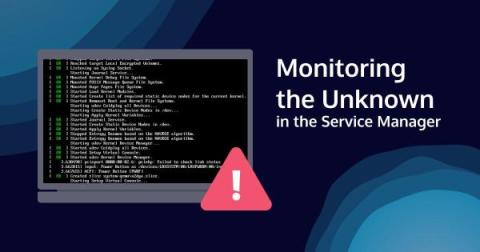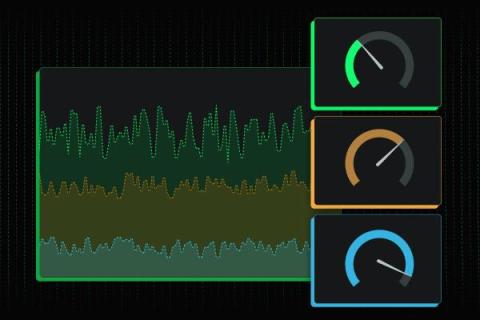Elevate and Streamline Your Developer Experience with JFrog-Coder Fusion
It’s a scenario many developers know all too well: a configuration works flawlessly for one team member but doesn’t work for you. Starting a new job brings with it the excitement of fresh challenges and opportunities. However, it also entails the often painful task of setting up your development environment—a process that can be both time-consuming and complex. This setup phase involves installing dependencies, configuring projects, and troubleshooting issues that might arise.











